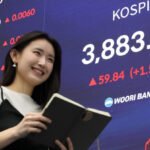
SEOUL—In a country that fetes its military elites like celebrities, Col. Gen. Kim Yong Bok was rarely seen—or even mentioned—in public. His role leading North Korea’s special forces required him to keep a low profile to conceal his identity. But now he is a very public figure.
He is the top North Korean military official in Russia, where more than 11,000 North Korean soldiers have been deployed to aid Moscow’s efforts to dislodge Ukrainian troops who have seized a chunk of Russian territory.
Kyiv and Seoul officials have confirmed his presence in Russia. In recent days, President Biden gave the green light for Ukraine to use U.S.-supplied, long-range weapons to strike inside Russia—with the new North Korean presence a motivating factor. Ukraine fired those missiles for the first time on Tuesday, hitting an ammunition storage facility in Russia’s Bryansk region.
Formally the army’s deputy chief of general staff, Col. Gen. Kim is believed to be tasked with integrating North Korean troops with the Russians, absorbing battlefield insights to bring back home and establishing the pipeline for future deployments.
The number of dispatched North Korean soldiers to Russia could ultimately reach as high as 100,000, Ukrainian President Volodymyr Zelensky said on Tuesday. He didn’t cite specific evidence for the claim.
Col. Gen. Kim isn’t expected to see any combat himself. But the dispatch of one of North Korea’s most important military officials signals North Korea’s interest in assisting Russia deep into next year.
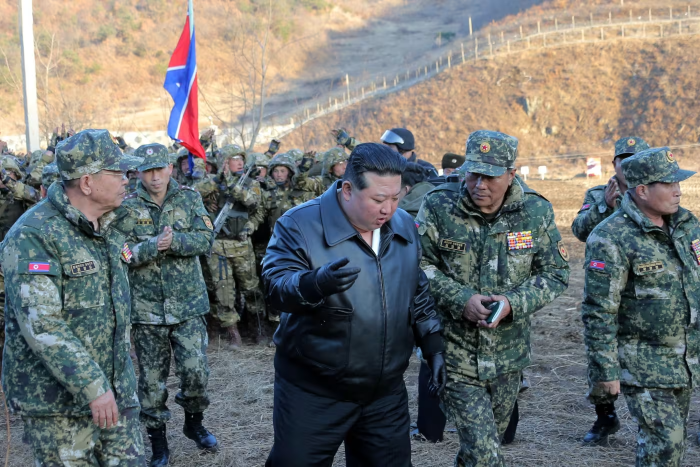
Until recently, his identity was relatively cloaked because the special-forces unit he commanded—believed to be the world’s largest, at roughly 200,000 strong—would undertake secret missions in the event of a war on the Korean Peninsula, said Jeon Kyung-joo, a research fellow at the South Korean government-funded Korea Institute for Defense Analyses. North Korea began spotlighting Col. Gen. Kim to show Russia that a trusted hand would be sent to lead the troop deployment, which includes special forces, she added.
“There was more reason to keep him hidden—until now,” Jeon said. “Behind the curtain, he has clearly proven himself to be reliable.”
Pyongyang started pulling Col. Gen. Kim out of the shadows after Russian President Vladimir Putin’s June visit to Pyongyang when the two countries agreed to a mutual defense pact. Col. Gen. Kim transitioned into a frequent sidekick of North Korean leader Kim Jong Un’s.
They visited flood-hit areas, observed special-forces training and watched artillery drills. Col. Gen. Kim often clutched a pen and notepad while standing alongside the 40-year-old dictator. The last reference in North Korean state media of Col. Gen. Kim was Oct. 6.
Within days, he was believed to have traveled to Russia with the first batch of North Korean troops.
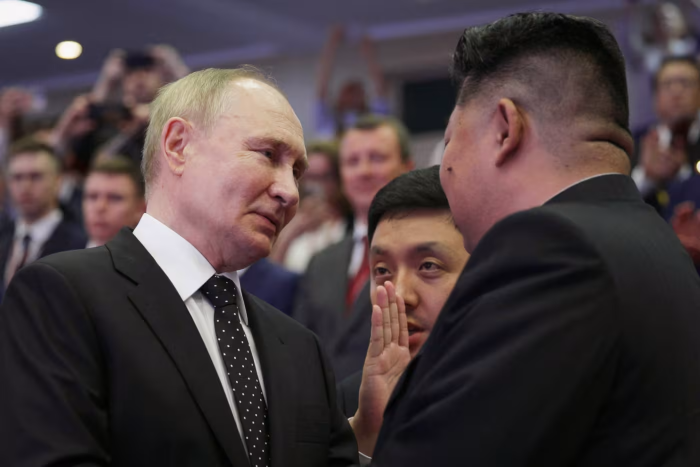
‘Right next to me’
Col. Gen. Kim had largely existed in obscurity for much of his career. South Korea’s government database of elite North Koreans—spanning more than 680 officials based on intelligence from its spy agency and publicly available information—only lists his name and job title. Still unknown are his age, his hometown or any other biographical detail.
This cuts against the prominence that North Korea’s military elites often receive in its state-run media. Kim Jong Un’s public appearances that dominate state-run TV, radio and newspapers typically feature top military brass.
Col. Gen. Kim was mentioned in state media in 2015 when he was promoted to lead North Korea’s special forces. A year later, he was elected to the country’s chief policymaking body, the Workers’ Party Central Committee.
His ascendancy became clearer at a July 2020 meeting where Kim Jong Un gifted North Korea’s top generals with commemorative pistols. The weapons were named “Paektu,” a reference to a sacred mountain that according to North Korean lore served as the base for guerrilla fighters battling the Japanese. It was also the purported birthplace of Kim’s father, Kim Jong Il, though independent historians contest this. Col. Gen. Kim, with the gifted gun in hand, crouched for a photo just one person away from the North Korean leader.
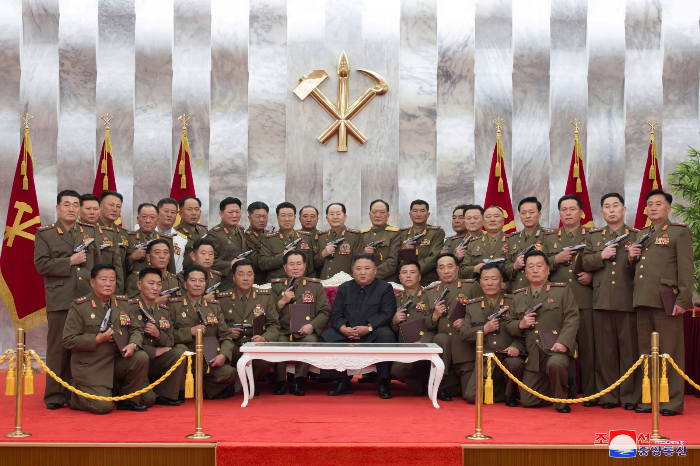
He slipped into obscurity again until March when his current role as the Korean People’s Army No. 3 figure was made public. A three-star general, he is one of North Korea’s 10 most important military figures, and a successful stint in Russia could catapult him further up the ranks, according to Pyongyang watchers.
But Col. Gen. Kim’s recent appearances in North Korea were beyond the types of events his predecessors would have attended, said Michael Madden, an expert on North Korea’s leadership at the Stimson Center, a Washington, D.C.-based think tank.
“Kim Jong Un is saying to the Russians: ‘I’m sending one of my top guys. He sits right next to me,’” Madden said.
Entering the fight
Battlefield experience for North Korean soldiers will help North Korea update its military tactics by observing how a modern war is fought. Russian forces have trained the North Koreans in critical front-line skills such as artillery, trench clearing and drone operations, the State Department said last week.
Col. Gen. Kim was among the roughly 500 North Korean officers sent to Russia, according to Ukrainian and South Korean officials. North Korean soldiers have been issued fake IDs to disguise them as Russian soldiers, Seoul’s spy agency said. They have moved to the front lines carrying Russian equipment and wearing Russian uniforms, according to U.S. officials.
In addition to troops, munitions and missiles, North Korea’s offerings to Russia appear to be expanding with Col. Gen. Kim on the ground. Pyongyang has started supplying M-1991 multiple-launch rocket systems and M-1989 Koksan howitzers, which were seen in a photo traveling atop a train moving through Krasnoyarsk, a city in central Russia, said Lt. Andriy Kovalenko, head of the Center for Countering Disinformation at Ukraine’s National Security and Defense Council.
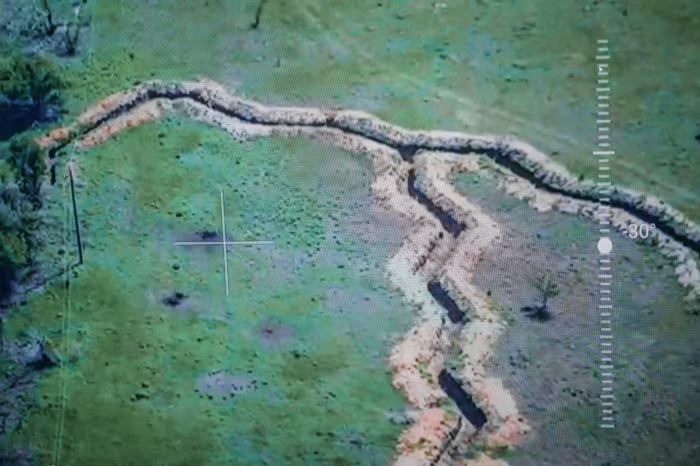
The weapons are destined for Russia’s Kursk region, Lt. Kovalenko added. That is where the North Korean soldiers are stationed and the site of a Russian counteroffensive to repel Ukrainian forces who seized part of the region in August.
A top concern for Washington, Seoul and others is the possibility that Pyongyang, through its troop dispatch, is able to gain sensitive nuclear or missile technology in return from Moscow. Potential Russian assistance in North Korea’s recent launch of an intercontinental ballistic missile couldn’t be ruled out, South Korea’s defense minister said.
The deployment of a large number of troops and senior generals like Col. Gen. Kim shows North Korea is serious about its commitment to Russia, said Ryo Hinata-Yamaguchi, a nonresident senior fellow at the Atlantic Council, a Washington-based think tank.
“That also means the North Koreans can turn to the Russians and say, ‘Where’s our end of the deal?’ and bargain for more high-end tech from Russia,” he said.
Jane Lytvynenko contributed to this article.
By Dasl Yoon
dasl.yoon@wsj.com

